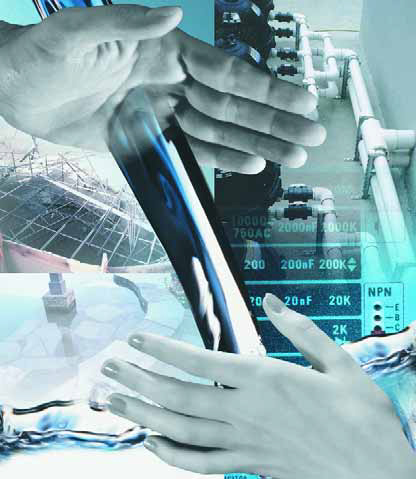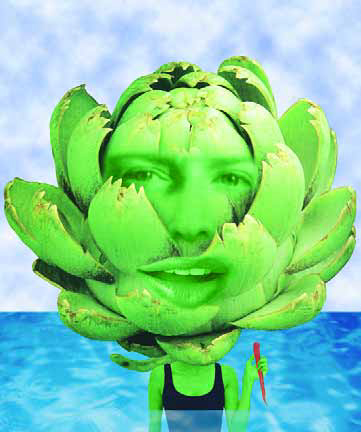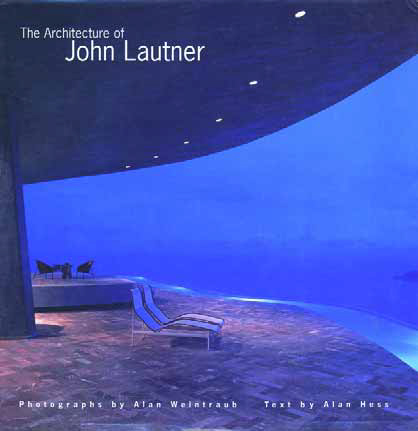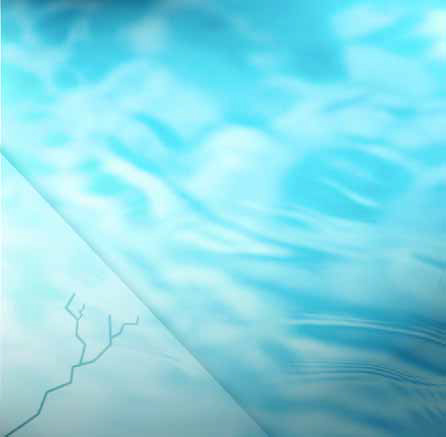ARTICLES
Advance Search
Aquatic Health
Aquatic Health, Fitness & Safety
Around the Internet
Aquatic Culture
Aquatic Technology
Artful Endeavors
Celebrity Corner
Life Aquatic
Must-See Watershapes
People with Cameras
Watershapes in the Headlines
Art/Architectural History
Book & Media Reviews
Commentaries, Interviews & Profiles
Concrete Science
Environment
Fountains
Geotechnical
Join the Dialogue
Landscape, Plants, Hardscape & Decks
Lighter Side
Ripples
Test Your Knowledge
The Aquatic Quiz
Other Waterfeatures (from birdbaths to lakes)
Outdoor Living, Fire Features, Amenities & Lighting
Plants
Ponds, Streams & Waterfalls
Pools & Spas
Professional Watershaping
Structures (Editor's Notes)
Travelogues & History
Water Chemistry
WaterShapes TV
WaterShapes World Blog
Web Links
Around the Internet
Aquatic Culture
Aquatic Technology
Artful Endeavors
Celebrity Corner
Life Aquatic
Must-See Watershapes
People with Cameras
Watershapes in the Headlines
As with every other step along the path of true quality in watershape construction, a good start-up is critical - a key transitional step requiring supervision, teamwork and passion for the work. This is the point where a watershaper's vision becomes reality, where construction becomes maintenance and where the clients' dream is finally realized. It's another important detail, and getting it right requires complete trust and wide-open lines of communication among builder, service technician and homeowner. That puts a premium on finding the best possible person in your area to take on the responsibility. In my case, I consider myself very fortunate to work with a
Imagine your clients in this scene: It's a warm, summer evening, dinner for two on the patio is almost ready, the waterfall is on, and candlelight is reflecting on the surface of the pond. But the salad isn't quite complete, so this evening's chef steps into the yard, clips some chives from a clump near the water's edge and adds a finishing touch to the composition. Later, they pick a few plums and apricots for dessert, relaxed and about as happy as they could be in their backyard. Though the setting is delightful, it's the edible plants that complete the experience. And as was mentioned last time, with more and more people wanting
When I was kid in the '60s, my mom would take my sisters and me to a place called Penn Park near our home in Whittier, Calif. It was a beautiful old hillside city park with towering trees, winding paths and
It's a tale of two professions: Pool and spa people are taught to keep things dead; pond people are taught to keep things alive. Pool people sell chlorine; pond people sell de-chlorinator. Pool people sterilize; pond people fertilize. This contrast in approaches to basic water maintenance is perhaps the most significant difference between two trades that are coming into closer and closer contact with one another every day. At issue between the two groups is whether to work against nature in a sterile system, or work with it to create an ecosystem. Each discipline has a foundation in the science of water chemistry and both have a place in the world - but beyond that (and as the table below demonstrates), things really couldn't be much different. As more and more pool/spa professionals move into water gardening and more and more landscape designers and architects get into pools and spas, there's an increasing need for all of us to understand these water-treatment distinctions and the basics of each approach. I come from the pond side, so I'll cover things from that perspective in a pair of articles - a science-oriented overview this time before we
The consumer's appetite for beautiful water and creative watershape design has grown by leaps and bounds in recent years - and expectations, it seems, are rising right along with the hunger for exceptional details and impressions. Perimeter-overflow pools and basins are what an increasing number of consumers are after these days, and there's special interest in what are called "wet-edge applications," where the water rises to deck level and flows into a channel slot at the back edge of the coping. It's an amazing look - and harder to
It's the little things that often make the biggest difference in creating beautiful spaces within gardens or near watershapes. A well-articulated retaining wall here, a clever treatment of a stone footpath there or the perfect placement of a stone stairway can, at various points, lend variety, balance and even a sense of antiquity to the work. In the first installment of this series of articles on classic uses of stone in gardens and watershapes, we began with an overview of stones set among plantings and used as simple structures in some of the world's most beautiful
Looking for inspiration can be like mining for gold. You sift and pan through mountains of muck before unearthing a nugget of real value. And when you do come upon a resource that teaches and inspires you to reach for greater heights of creativity in your designs, the payback is a hundred-fold. Knowing where to look helps, and that's what this new column is all about. The first book I'll discuss is an unexpected treasure of incalculable value. Before I read The Architecture of John Lautner (text by Alan Hess, photographs by Alan Weintraub, published by Rizzoli, New York), I couldn't
Some details seem simpler than they really are. A case in point is the one I'll describe this time - a detail I call a thermal ledge. In one sense, it's really just a large a big bench located a few inches below the water's surface, but in terms of what it is structurally and what it does to increase enjoyment of a pool, it's something truly special. The ledge pictured here is visually interesting in the way its stone surface picks up the rockwork used throughout the deck and the barbecue area and within the pool itself. As important, it provides the homeowners and their guests






















To the Good Life!